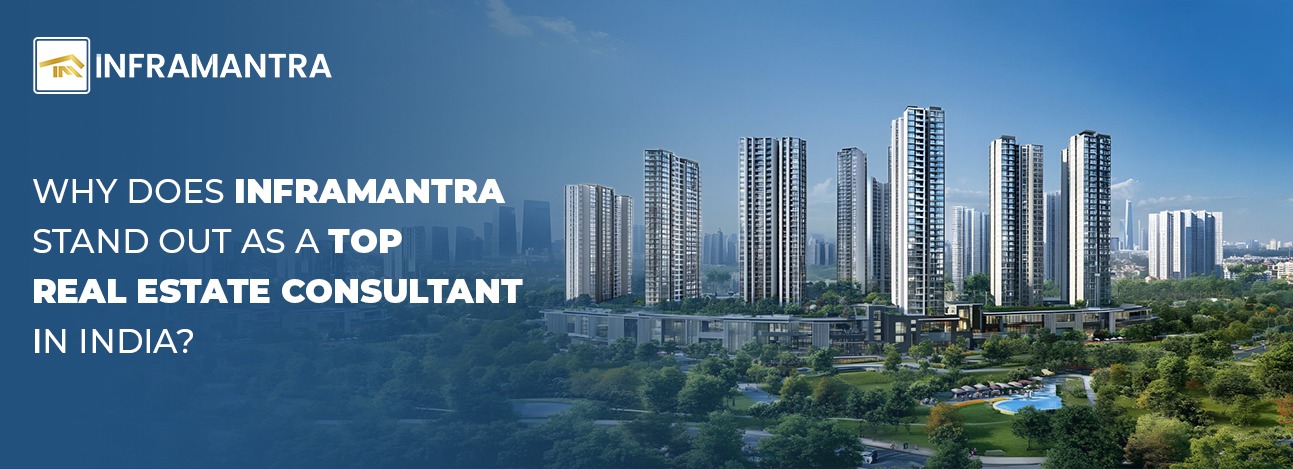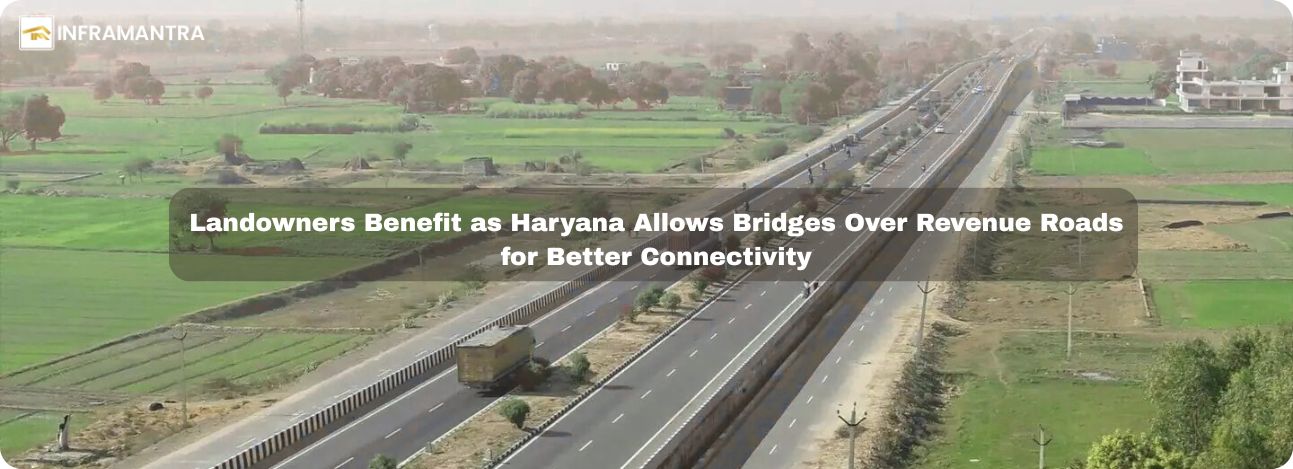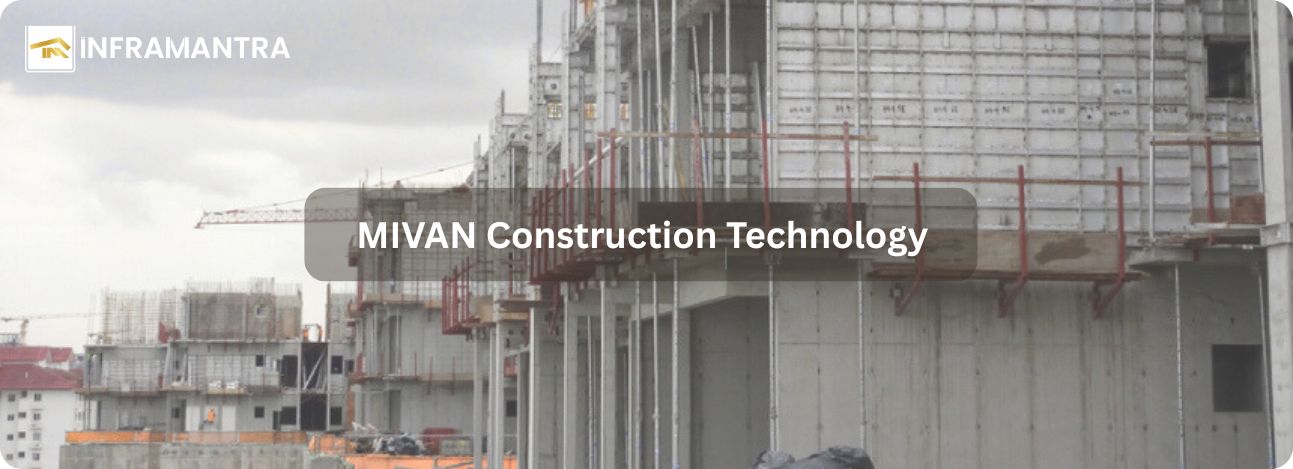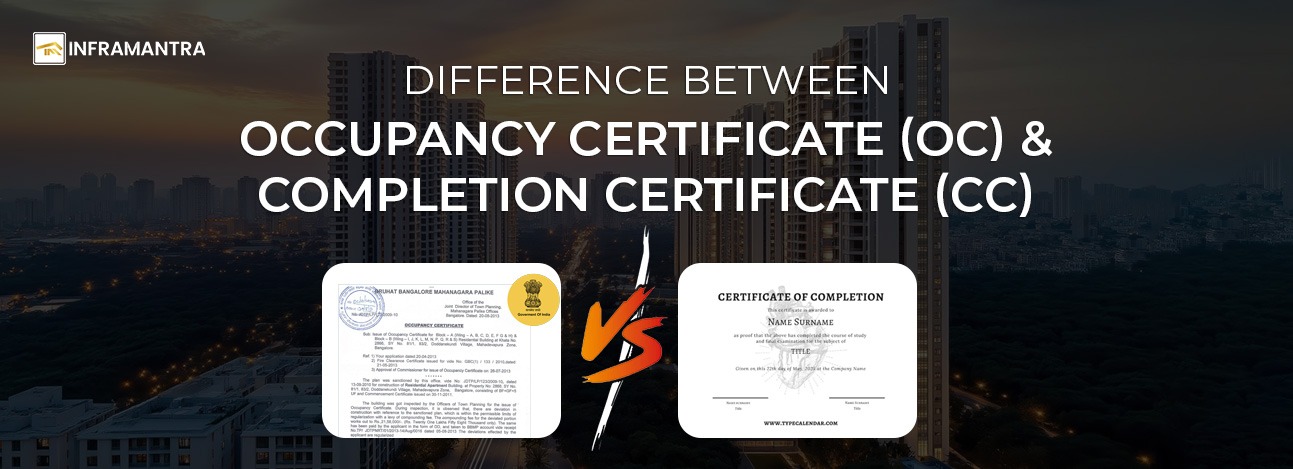When it comes to finding the right home for you and your family, it’s not always easy to find a consultancy firm that offers a combination of deep market knowledge, transparency, and personalized service. However, Inframantra has successfully carved a niche for itself as one of the best real estate companies in Gurgaon, and for good reason. As a leading real estate consultancy, Inframantra excels in offering expert guidance to both home buyers and investors in Gurgaon, helping them navigate the complex real estate market with ease.
In this blog, we will explore why Inframantra stands out from the competition and why it is recognized as a trusted name among the top real estate consultants in Gurgaon. We will also take a closer look at the prominent real estate developers in Gurgaon that Inframantra collaborates with to ensure the best deals for their clients.
Expertise in Real Estate Consultancy
Inframantra’s strong reputation as a top real estate consultancy stems from its extensive market expertise. Gurgaon, one of the fastest-growing cities in India, has become a hub for residential, commercial, and investment properties. The market is dynamic and often overwhelming for potential buyers and investors. Inframantra’s deep understanding of the local real estate landscape allows them to offer valuable insights into current trends, pricing, emerging hotspots, and future developments.
Whether you are looking for a residential property to live in or want to make a smart investment, Inframantra’s team ensures you are always equipped with the latest market information, helping you make informed decisions. Their consultants work closely with clients to understand their unique needs and offer tailored solutions that best fit their requirements.
Trusted Partnerships with Top Developers
One of the key reasons why Inframantra stands out as one of the best real estate consultants in Gurgaon is its long-standing relationships with some of the leading real estate developers in the city. Inframantra partners with top-tier developers, ensuring clients have access to premium properties and the most sought-after locations.
By collaborating with these top developers, Inframantra ensures that its clients have access to the best properties in the city, which are built with the highest standards and come with a promise of timely delivery.
A Comprehensive Portfolio of Services
Another reason Inframantra stands out as one of the top real estate companies in Gurgaon is its diverse portfolio of services. They don’t just limit themselves to residential consultancy but also offer a wide range of services tailored to both homebuyers and investors, including:
- Investment Advisory: Inframantra helps investors make informed decisions by identifying high-growth properties in Gurgaon. Their consultants conduct thorough research on each property and location to ensure it offers attractive returns.
- Property Sales: Whether you are buying your dream home or a commercial property, Inframantra ensures that the entire process is seamless, from property identification to consultation and legal paperwork to key-handovers.
- Guided Site Visits: Inframantra offers guided site visits for clients to personally evaluate properties before making a purchase decision. This hands-on approach builds trust and transparency.
- Legal and Financial Assistance: Navigating the legal and financial aspects of a property transaction can be daunting. Inframantra offers expert assistance with the documentation process, and also helps clients with home loans, making the buying process more streamlined.
Personalized Approach
What truly sets Inframantra apart from other real estate consultancy firms is their personalized approach. Every client is unique, and so are their needs. Inframantra takes the time to understand your requirements and preferences, ensuring that they provide customized solutions rather than a one-size-fits-all approach.
Their consultants don’t just push properties for the sake of a sale; instead, they take the time to discuss your budget, preferences for location, lifestyle, and future plans. Whether you’re a first-time homebuyer looking for a cozy apartment or an experienced investor seeking high-yield properties, Inframantra’s consultants help you explore a range of options that suit your goals.
Transparent and Ethical Practices
Trust is a cornerstone of Inframantra’s operations. As one of the top real estate companies in Gurgaon, Inframantra upholds the highest standards of transparency and integrity in every transaction. In a market where buyers often face challenges such as inflated property prices, hidden clauses, and complex legalities, Inframantra’s commitment to clear and honest communication stands out.
Their team ensures that every transaction is transparent, and clients are made aware of every step involved. The firm offers full disclosures on property titles, prices, and other vital information, making sure clients are never in the dark.
A Strong Online Presence
Inframantra understands the importance of digital presence in today’s world, especially for tech-savvy buyers and investors. Their user-friendly website provides a comprehensive view of available properties, and they offer various tools for property search, price comparisons, and market trends. Additionally, their social media presence is active and informative, keeping clients updated on new developments and industry news.
Their online platform is especially valuable for potential homebuyers and investors who are not always available for in-person consultations. It allows for easy communication and the option to explore listings at any time, making the process even more convenient.
Inframantra’s outstanding reputation as a real estate consultancy firm is a result of its deep market knowledge, commitment to client satisfaction, strong relationships with top developers, and transparent business practices. If you are looking to buy a home or invest in Gurgaon’s thriving real estate market, Inframantra should be at the top of your list. With their expertise, personalized service, and collaboration with leading developers such as DLF, Emaar, M3M, Godrej, and Sobha, Vatika, Whiteland, Saan, Tulip, Lodha Inframantra is undoubtedly one of the top real estate consultants in Gurgaon that can help you achieve your real estate goals.
For a smooth and successful home-buying journey in Gurgaon, trust Inframantra to guide you every step of the way.









